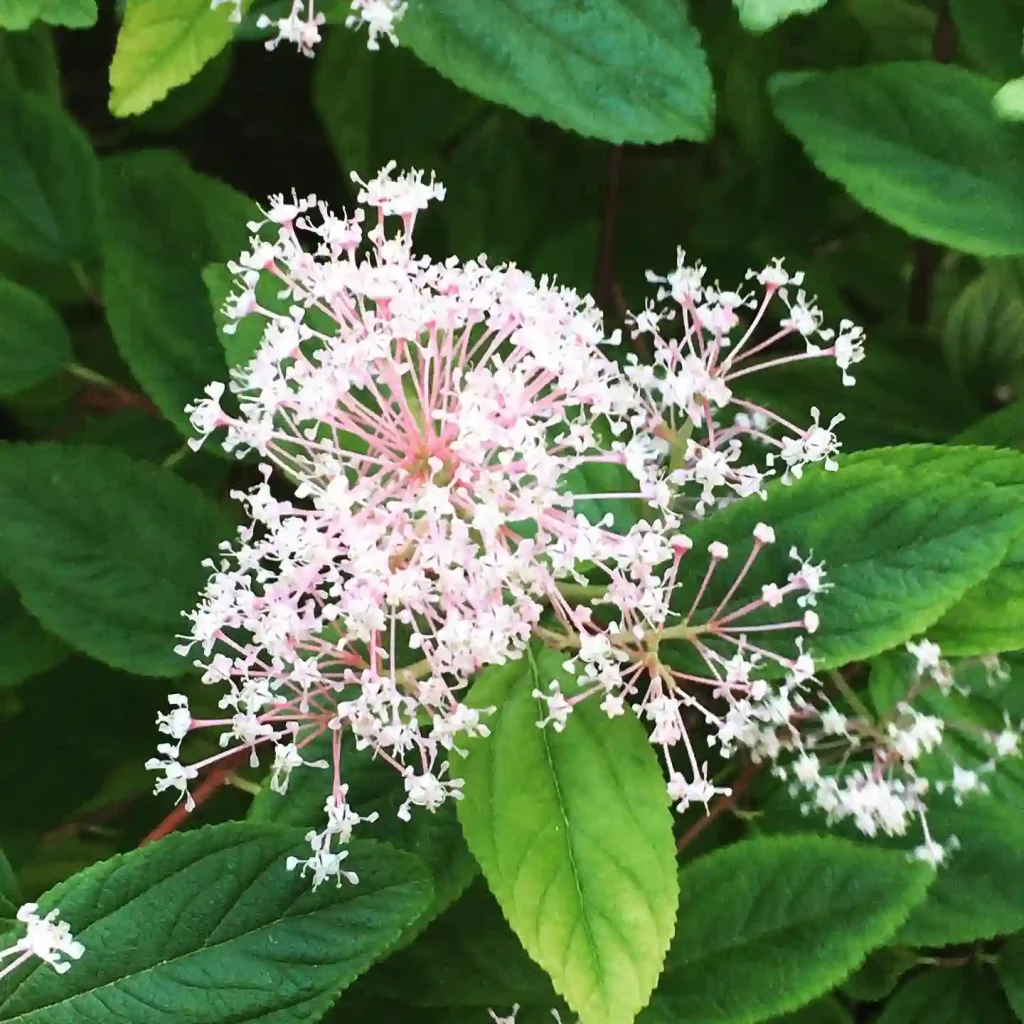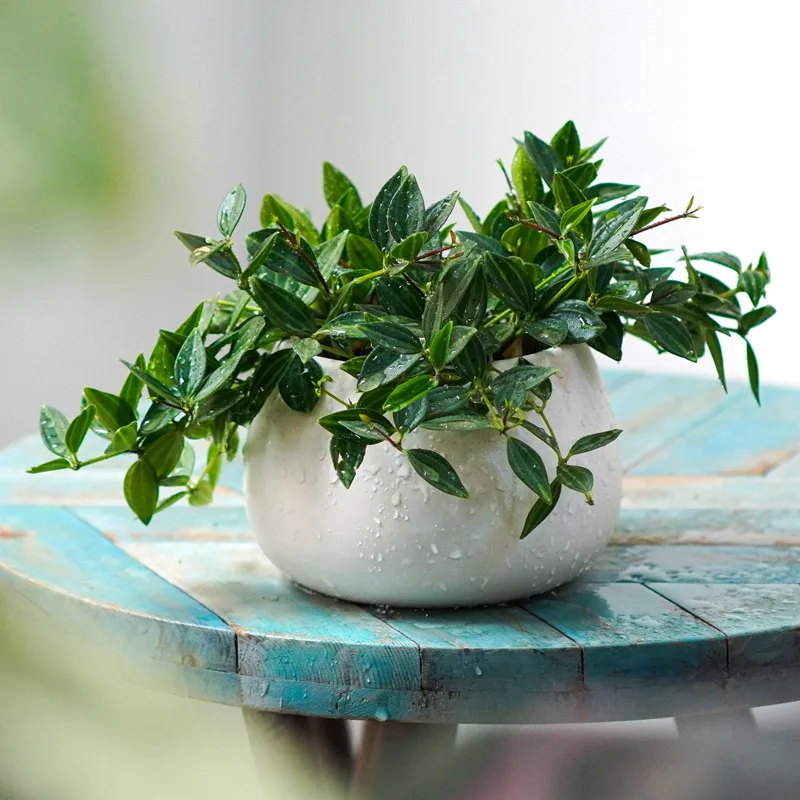FAQs About Dalbergia Melanoxylon
Dalbergia Melanoxylon, commonly known as African Blackwood or Gaboon Ebony, is a striking and valuable tree species renowned for its dense, dark wood. As someone who has delved into the world of horticulture and exotic plants, I’ve gathered a lot of information about this unique plant. Here’s a comprehensive guide addressing some of the most frequently asked questions about Dalbergia Melanoxylon.
What is Dalbergia Melanoxylon?
Dalbergia Melanoxylon is a tropical hardwood tree belong to the Fabaceae family, native to East Africa. It’s famous for its jet-black wood, which is often used in fine furniture, musical instruments, and carvings. The tree can grow up to 10-15 meters tall and features pinnate leaves with small, green leaflets. It produces small, fragrant white flowers that eventually develop into pea-like pods containing seeds.
Plant Family: 796 Genera in Fabaceae
How to Care for Dalbergia Melanoxylon?
Caring for Dalbergia Melanoxylon requires understanding its specific needs:
- Climate: This plant thrives in tropical to subtropical climates. It needs a warm environment with temperatures ideally ranging from 20°C to 30°C (68°F to 86°F).
- Soil: It prefers well-drained soils, ideally sandy loam or loamy soil. Ensure the soil is rich in organic matter and has good drainage to prevent waterlogging.
- Watering: Dalbergia Melanoxylon is drought-tolerant once established but requires regular watering during its initial growth stages. Water the plant deeply but allow the soil to dry out between waterings.
- Light: Full sunlight is ideal for this tree. It needs at least six hours of direct sunlight daily to thrive and maintain its health.
- Fertilization: Use a balanced, slow-release fertilizer to support its growth. Feed the plant during the growing season (spring and summer) and reduce feeding in the dormant months.
How to Propagate Dalbergia Melanoxylon?
Propagating Dalbergia Melanoxylon can be done through seeds or cuttings:
- Seeds: Soak the seeds in water for 24 hours before planting. Use a well-draining seed-starting mix and plant the seeds about 1 inch deep. Keep the soil consistently moist and warm until germination, which can take several weeks.
- Cuttings: Although less common, propagation through cuttings can be attempted. Take semi-hardwood cuttings in late summer and use a rooting hormone to encourage root development. Ensure the cuttings are placed in a humid environment to support root growth.
What to Plant With Dalbergia Melanoxylon?
Dalbergia Melanoxylon can be paired with other tropical or subtropical plants that complement its growth requirements. Consider planting it alongside:
- Hibiscus: Adds vibrant colors and thrives in similar climate conditions.
- Bird of Paradise (Strelitzia): Offers striking foliage and can handle full sunlight.
- Philodendron: Provides lush greenery and works well in tropical settings.
These companion plants can enhance the aesthetic appeal of your garden while ensuring a harmonious environment for Dalbergia Melanoxylon.
Is Dalbergia Melanoxylon Toxic?
Dalbergia Melanoxylon is not known to be toxic to humans or animals. However, it’s always wise to handle any plant with care and avoid ingesting plant parts, as individual sensitivities can vary.
Benefits of Dalbergia Melanoxylon
The primary benefit of Dalbergia Melanoxylon lies in its wood. The wood is incredibly dense, durable, and resistant to termites and fungi. It’s prized for its use in high-end furniture, musical instruments like clarinets and oboes, and intricate carvings. Additionally, the tree’s dense foliage provides excellent shade and can enhance the aesthetic value of your garden or landscape.
Common Problems with Dalbergia Melanoxylon
- Pests: While relatively pest-resistant, Dalbergia Melanoxylon can occasionally suffer from infestations of scale insects or aphids. Regularly inspect the plant and treat infestations with appropriate insecticides or natural remedies.
- Disease: Root rot can occur if the plant is overwatered or if the soil lacks proper drainage. Ensure good soil management to prevent this issue.
- Leaf Drop: This can be a sign of stress, often due to inadequate watering or poor soil conditions. Adjust care routines accordingly to address this problem.
Comparing Dalbergia Melanoxylon with Other Similar Plants
Dalbergia Melanoxylon is sometimes confused with other ebony species like Diospyros Ebenum (Indian Ebony) or Diospyros Celebesiana (Sulawesi Ebony). While these species also produce dark, dense wood, Dalbergia Melanoxylon is noted for its even black color and is generally more sought after in the fine woodworking industry.
In summary, Dalbergia Melanoxylon is a fascinating and valuable tree with specific care requirements and benefits. Whether you’re interested in its wood for crafting or simply wish to add a unique tree to your garden, understanding its needs and characteristics will help you cultivate it successfully.
If i die, water my plants!



